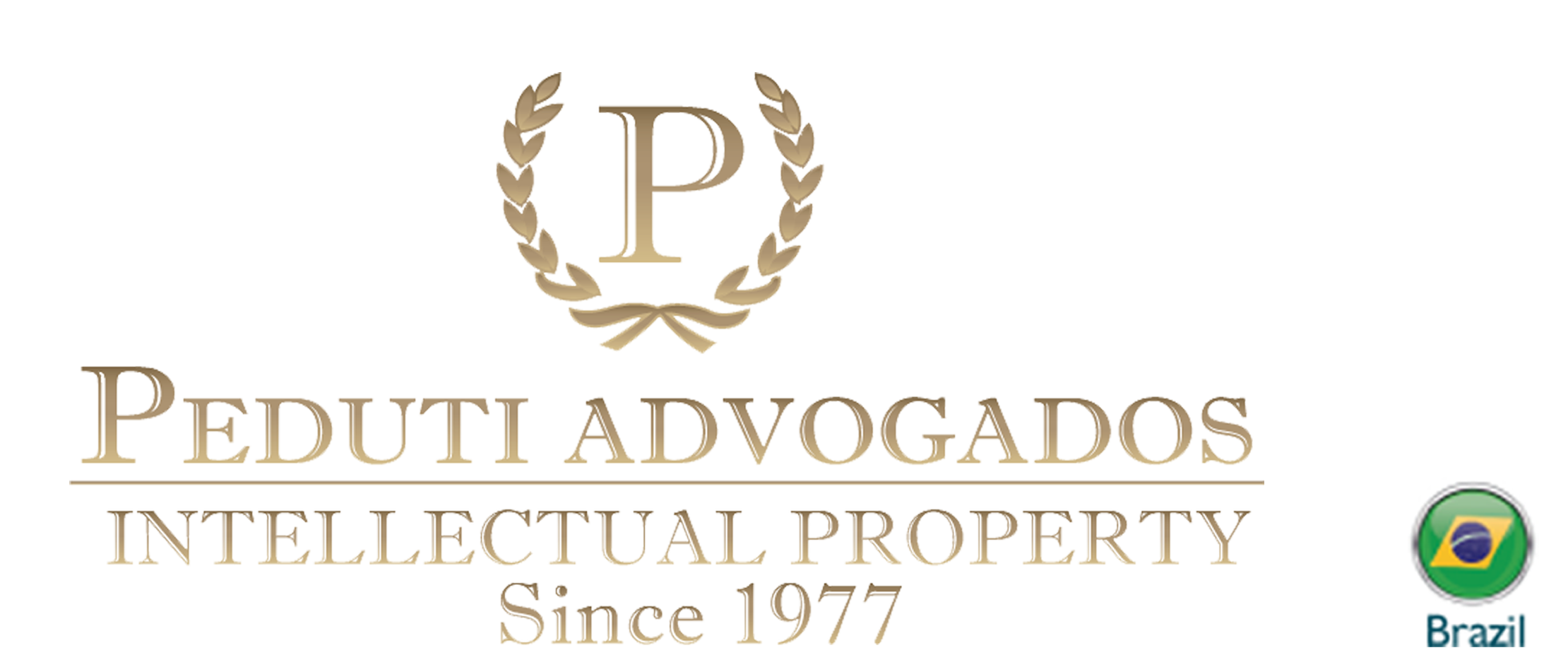The dilution phenomenon occurs when a third party uses a mark or trade name in commerce that is sufficiently similar to a famous mark such that the consumer’s perception of it changes, even if the infractor’s mark involves goods or services totally unrelated to those associated with the famous mark.
Trademark dilution often results in diverted sales, which is due to the mark’s weakened distinctiveness including the associations and/or reputation connected with it (2002).
Thus, trademark dilution is divided into three types: tarnishment, blurring and adulteration. Tarnishment occurs when the infringing mark portrays the infringed mark in a negative light and uses elements morally repulsed by society in general. It may also happen when the infringer is offering low quality products, hindering the trademark’s owner reputation.
Blurring, on the other hand, happens when the distinctiveness of a mark is impaired by association with another similar mark or trade name. Finally, adulteration happens when a third party modifies the basic characteristics of a trade name and/or mark. According to the author, this type of dilution originated after a case involving two American tractor companies.

The infringer showed, through pejorative propaganda, a deer running away after seeing its competitor’s tractor, alluding to the inert deer in John Deere’s symbol. In this case, the original trademark symbol, which is a static deer, was adulterated and
was shown moving.
Cabral (2002) identifies that trademark dilution is an offense to its integrity, allowing companies to pursue actions against third parties who use its mark and/or symbols in a negative way. Although trademark dilution does not negatively affect the owner (e.g. consumer confusion), there still may be long-term consequences. Hence the importance for an organization to protect its trademark distinctiveness.
—
Author: Enzo Toyoda Coppola, Junior Associate at Peduti Advogados.
Source: Diluição: uma teoria defensiva ou ofensiva?
—
“If you want to learn more about this topic, contact the author or the managing partner, Dr. Cesar Peduti Filho.”
“Se quiser saber mais sobre este tema, contate o autor ou o Dr. Cesar Peduti Filho.”



